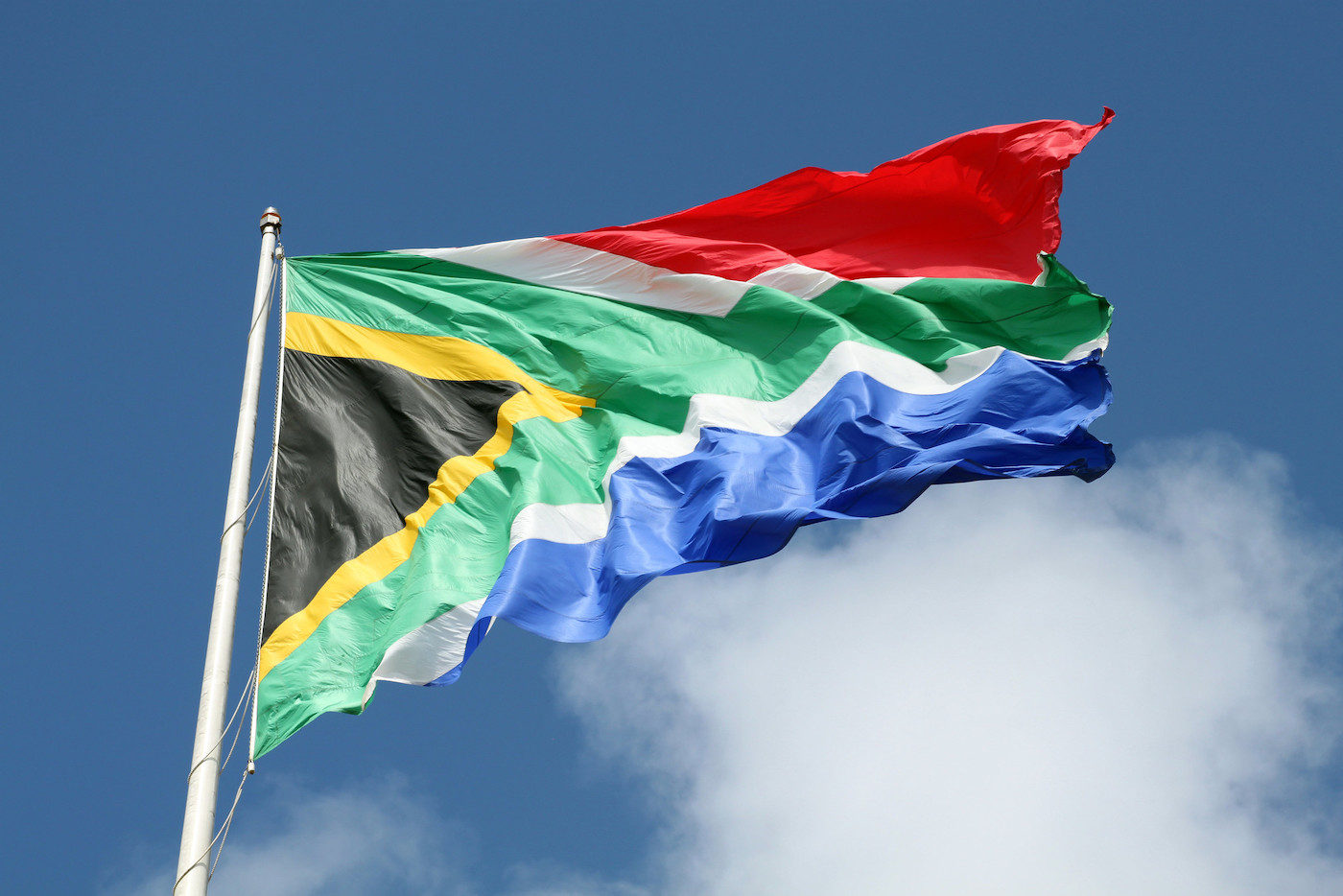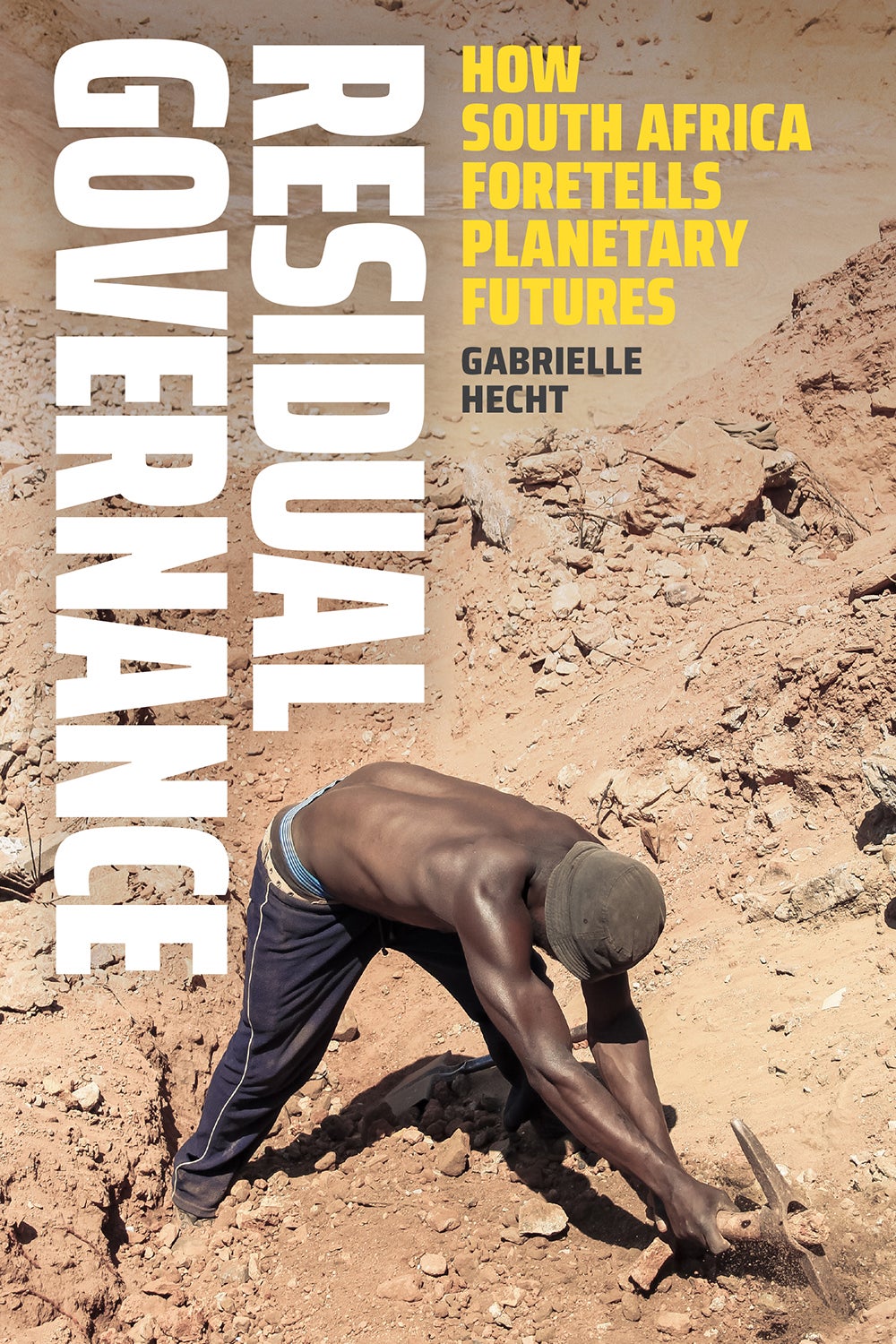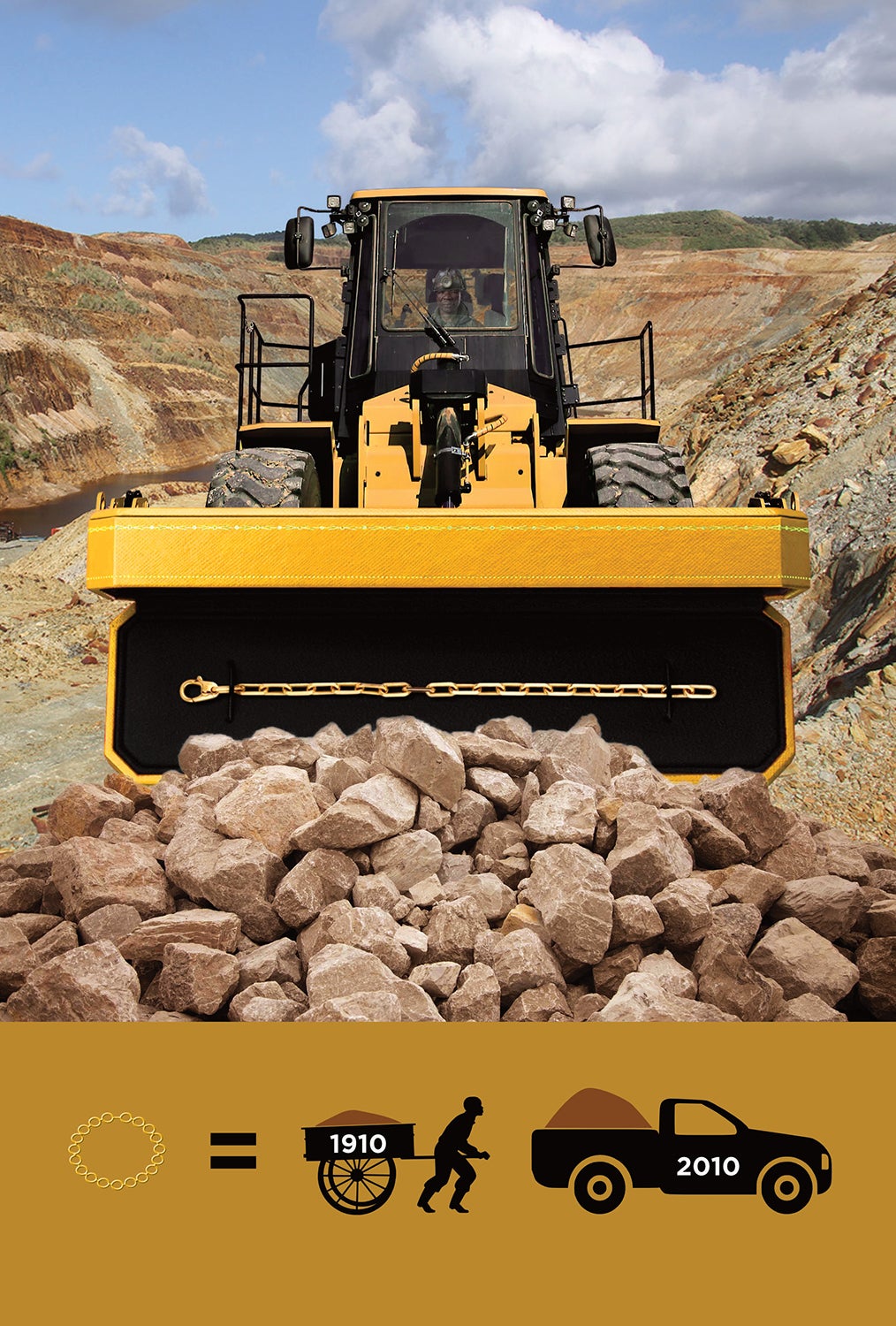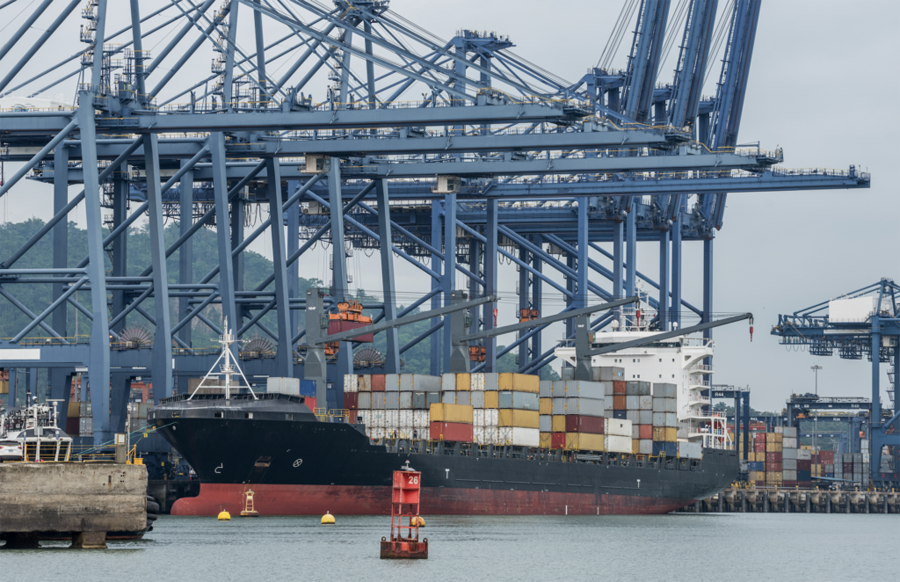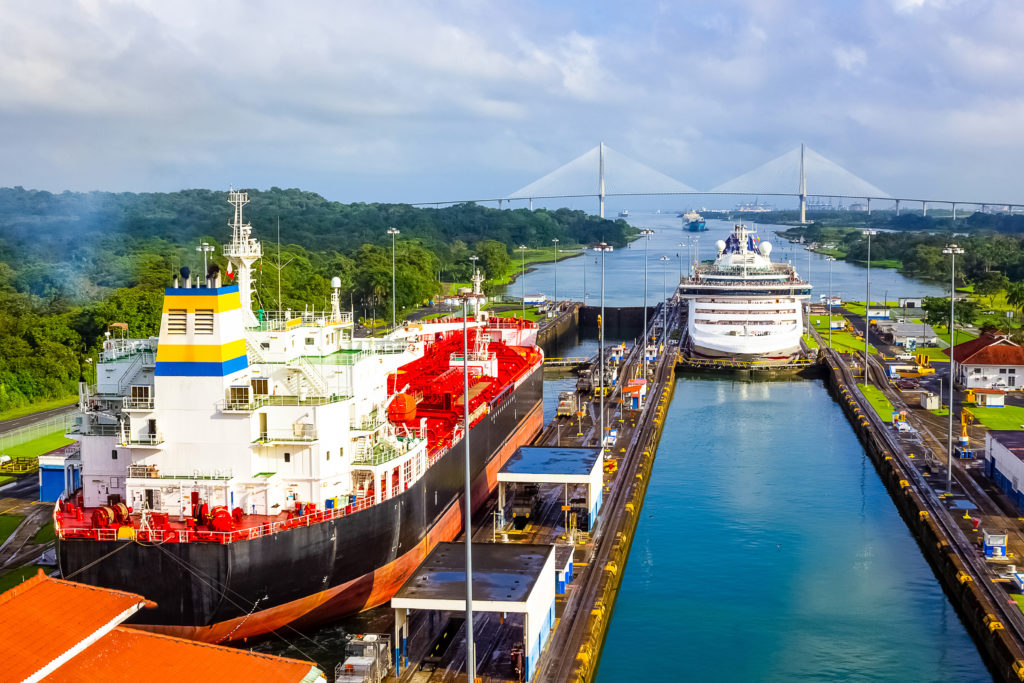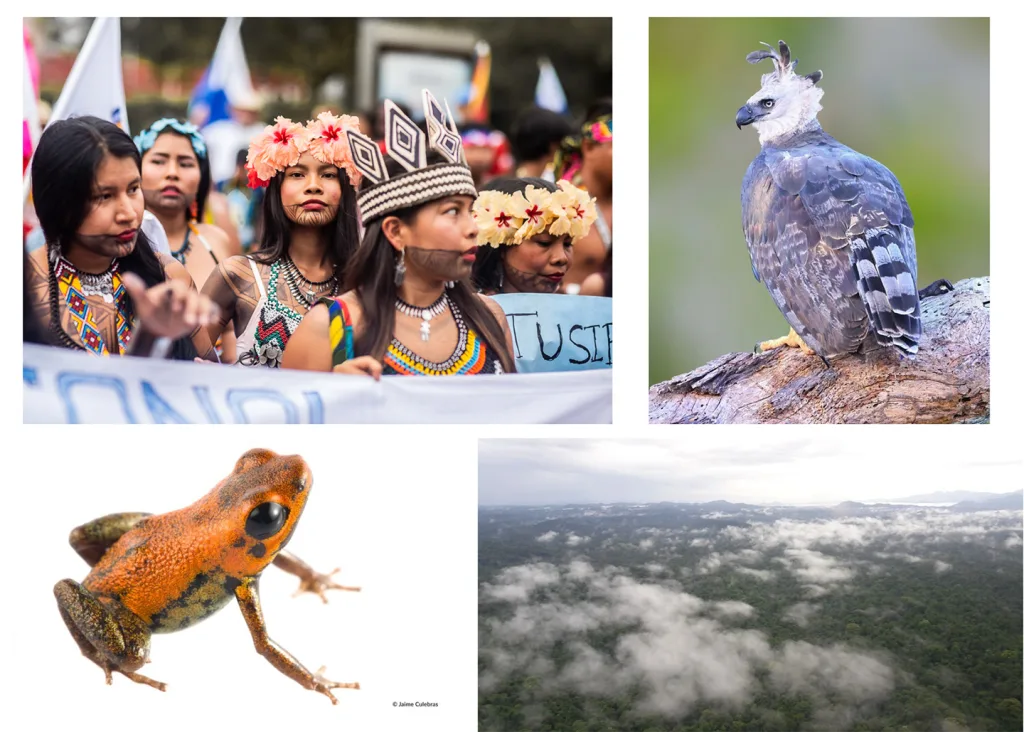
IGO (ASX:IGO) Chair, Mike Nossal, expressed his support for incoming CEO Ivan Vella after Rio Tinto's recent dismissal of Vella for an alleged breach of confidentiality. Vella, who had spent two decades at Rio Tinto, was scheduled to join IGO in December to replace the late Peter Bradford.
During the annual meeting, Nossal addressed the situation, stating, "I need to acknowledge the news overnight which relates to Ivan’s departure from his previous employer. The Board is engaging with Ivan to more deeply understand the circumstances; however, it is our expectation that Ivan will start with IGO in early December as planned."
Nossal reassured stakeholders that IGO had conducted thorough background checks and due diligence on Vella, all of which reinforced Vella's suitability for the position.
IGO has faced challenges since Peter Bradford's sudden passing, leading to a decline in the company's share price. The company also made a substantial writedown of nearly $1 billion in the value of some nickel mining assets acquired during the Western Areas acquisition.
Nossal emphasised the company's commitment to learning from past mistakes and maximising the value of its assets. Additionally, IGO is addressing technical issues affecting lithium hydroxide production at its Kwinana refinery joint venture with Tianqi Lithium Corp.
Despite the current volatility in the lithium market and an expected 25% decrease in spodumene sales from Greenbushes this year, IGO remains confident in the long-term fundamentals of the lithium market and its strong partnerships with key players like Albemarle
IGO sinks as chair defends incoming CEO pick sacked by Rio
The news: The chair of battery minerals producer IGO has defended his company's selection process after revelations incoming CEO Ivan Vella was sacked from Rio Tinto for allegedly breaching confidentiality. At IGO's AGM, chair Michael Nossal told shareholders the board was working with Vella to "more deeply understand" why he was terminated with immediate effect on Wednesday.
The numbers: IGO shares fell 4.3% by Thursday's close, as the company reaffirmed expectations Vella will head the miner from early December as planned. IGO also noted missing the lower end of production guidance at one of its nickel mines due to a fire at an onsite power plant.
The context: Vella stepped down as Rio Tinto's aluminium business chief executive in June but was set to continue during the transition before his move to IGO. Instead, he was sacked on Wednesday, after an external investigation found he had failed in Rio's "guidance on acceptable management of confidential information," the Australian Financial Review reports.
What they said: "In light of this information, the Board is engaging with Ivan to more deeply understand the circumstances in question and will provide an update to the market in due course, however it is our expectation that Ivan will start with IGO in early December as planned," Nossal told shareholders.
The sources: ASX Announcement, AFR
Rio Tinto fires former head of aluminum division on info breach
Reuters | November 15, 2023 |
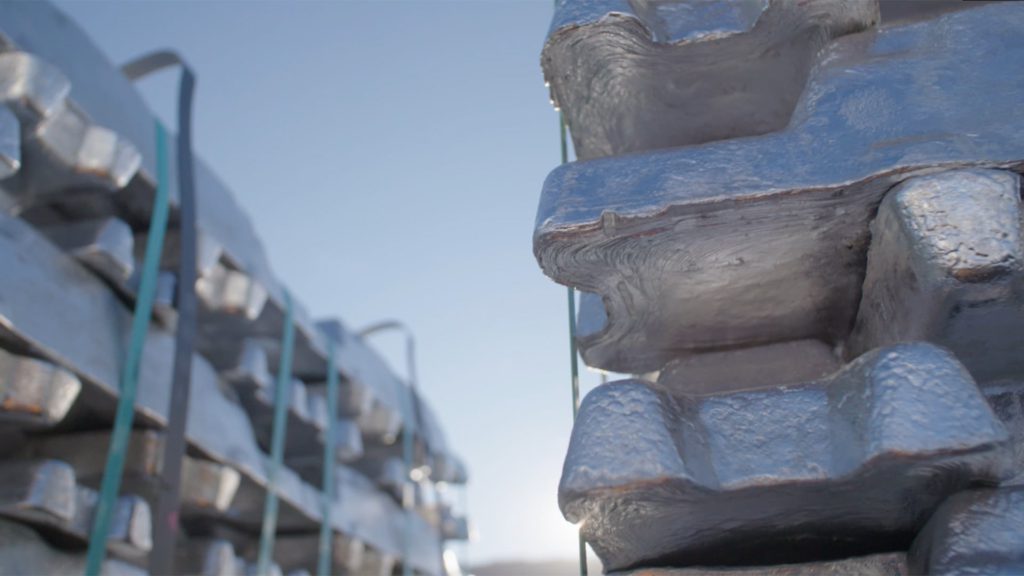
Aluminum ingots. Credit: Rio Tinto
Rio Tinto on Wednesday dismissed the former head of its aluminum division Ivan Vella with immediate effect, an email to all employees sent by CEO Jakob Stausholm and seen by Reuters showed.

Vella, who has spent two decades at the mining giant, was already due to leave the company in December, Rio had said in June, to become CEO of Australian battery minerals producer IGO Ltd.


He continued to lead the aluminum business until his successor Jerome Pecresse started on Oct. 23. In the weeks to Nov. 15, the contract termination date, Vella was supporting Pecresse in his new role.
“The termination relates to actions that did not follow Rio Tinto’s guidance on acceptable management of confidential information,” the internal communication email said.
Reuters does not know what the confidential information relates to.
Rio Tinto confirmed the content of the email and said it has “not identified that any information has been compromised.”
“The first stage of our external investigation has concluded that Ivan failed to maintain the standards expected of him relating to this topic,” the internal communication email added.
Both Vella and IGO could not immediately be reached for comment.
(By Clara Denina; Editing by Marguerita Choy)
